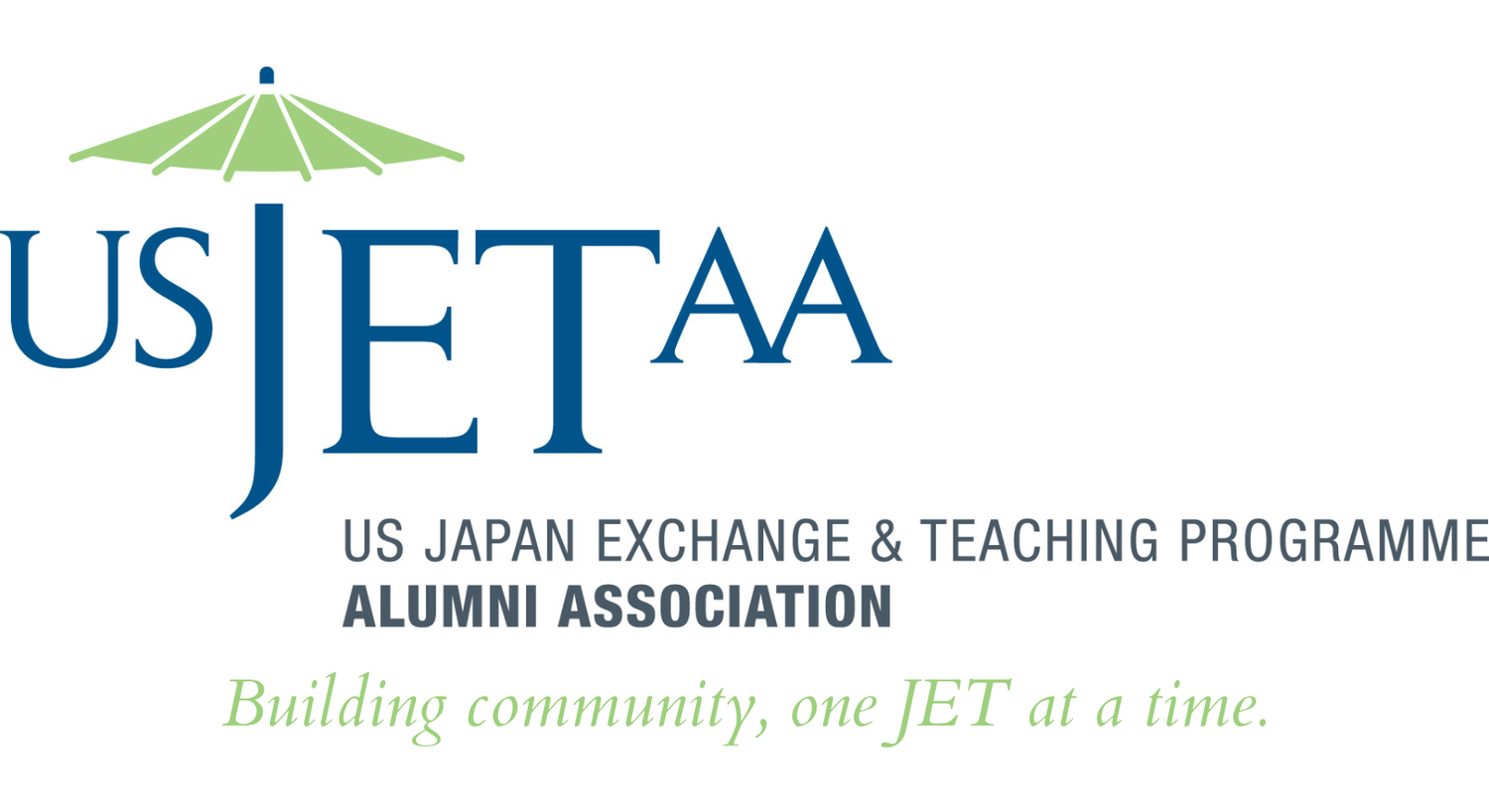Interview: Ryan Hata - Tottori (2014 - 2017)
Where were you in Japan as a JET and when?
I was an ALT in the least populated prefecture, Tottori from 2014-2017. I commuted about an hour by train from Tottori City to an even smaller town of Aoya and taught at Aoya Senior High School five days a week.
What sparked your interest in applying for the JET program?
I’m part Japanese from my dad’s side of the family. Unfortunately, my paternal grandparents were interned in Rohwer, Arkansas, and Heart Mountain, Colorado respectively. After they were released and moved back to Los Angeles, they decided it was best for their children to assimilate to American culture, thus not passing down the Japanese language, many customs, and culture.
My dad found his way to Hawaiʻi through the navy where he met my mom and had me. Even though a lot of Hawaiʻi’s influenced by Japanese culture, it was not until I moved to the mainland that I really appreciated and wanted to learn about my dad’s side of the family.
I first learned of the JET Program from my professor, Wesley Ueunten while I was obtaining my Master of Arts in Asian American Studies at San Francisco State University. He encouraged me to apply, so I can learn first-hand about my Japanese heritage and culture.
What are some of the things your prefecture is known for?
Tottori’s famous for its sakyū or sand dunes where you can get a breathtaking view of the Sea of Japan, ride a camel, and visit the sand museum. Tottori’s also famous for many foods including: 20th Century Pear, Matsubara crab, and rakkyo (pickled shallots).
Tottori’s also famous for the Shan Shan Matsuri (umbrella dance, praying to the gods for rain).
Did you know the authors of Detective Conan and Gegege no Kitaro were born in Tottori? Gōshō Aoyama was born in Hokuei. That’s where you can visit the Gōshō Aoyama Manga Factory, which heavily features Detective Conan. Shigeru Mizuki was raised in Sakaiminato. If you’re in Sakaiminato, you’ll have to take a stroll along Mizuki Shigeru Road. There are a ton of yokai (supernatural spirits) that are famously depicted in Gegege no Kitaro.
Did you pick up any of the regional dialects? What are some of your favorite words or phrases?
Since I lived in the eastern part of Tottori, I learned a bit of inshū-ben from Japanese friends. A common example I picked up was instead of saying ikō (let’s go), they taught me to say ikā. My favorite Japanese words that don’t have a strong translation to English are natsukashii (nostalgic/reminiscing of fond memories) and mendokusai (annoying, something you don’t really want to do, but must do it anyway).
Do you have a specific memory or event that stands out from your time on JET?
My favorite memory of JET was meeting then Crown Prince Naruhito and Crown Princess Masako at the 30th Anniversary of the JET Program in Tokyo. I was also honored to read the JET Declaration in front of them along with other dignitaries from all over Japan.

What are you doing now, and does it have any connection to Japan? How did your experience in Japan change your life?
During my day job, I’m working for the Jerome A. Chazen Institute for Global Business at Columbia Business School. Even though our institute is known for international programs and events, I mainly work with programming for the China Business Initiative and the India Business Initiative. However, I’m currently the President of the JET Alumni Association (JETAA) of New York where we look to continue to build Japan-U.S. relations across New York, New Jersey, and Pennslyvania. I’m also on the Board of Advisors for JETAA International. Overall, my experience in Japan changed my life as I’m even more passionate about exploring and learning about different regions and cultures around the world.
[November 2022] This interview is part of a partnership between the Japan Society Boston (JSB) and the United States Japan Exchange & Teaching Programme Alumni Association (USJETAA) in which JET alumni contribute short interviews about their experiences in Japan in each prefecture.


